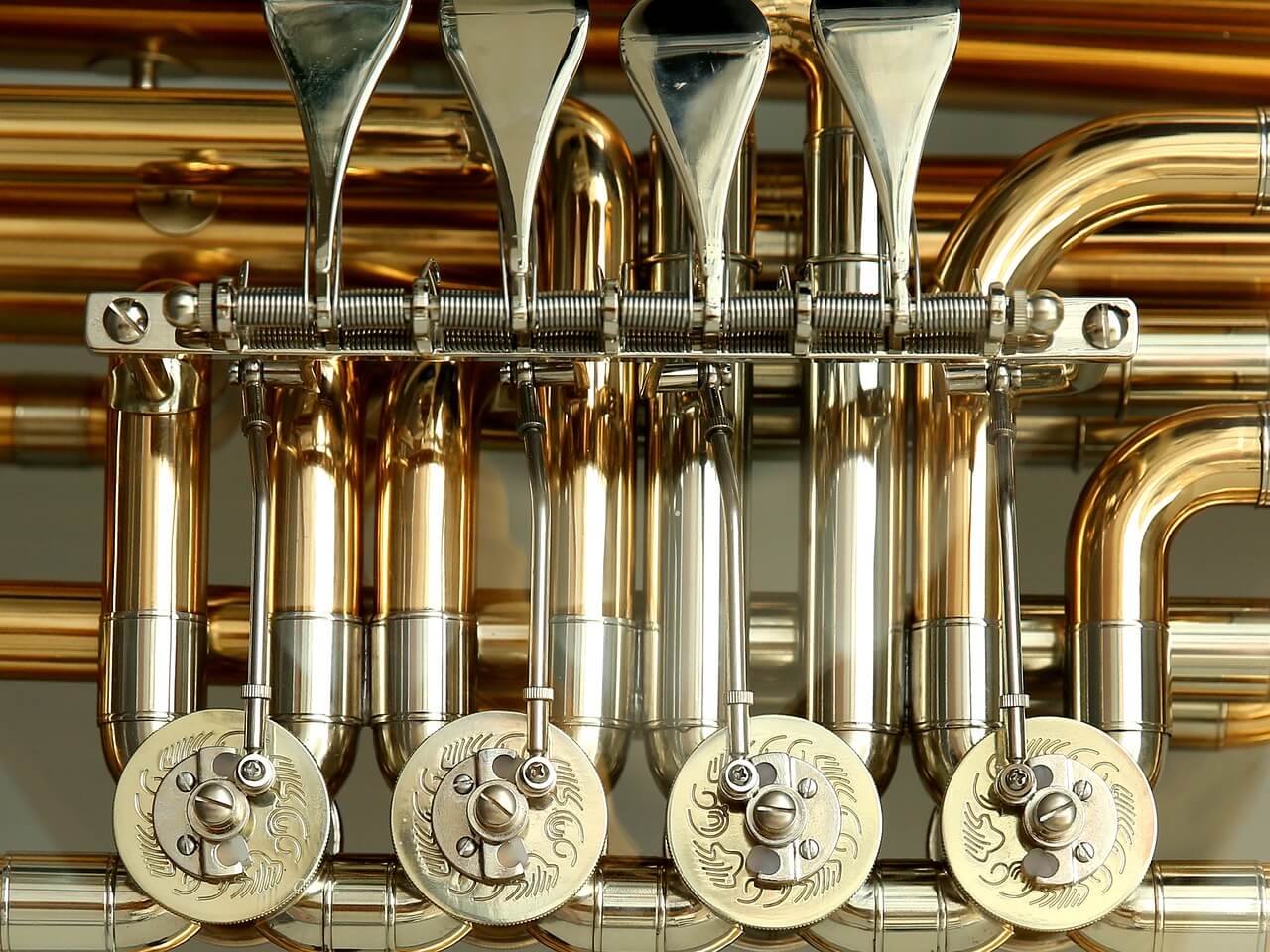It’s getting pretty close to All-District and All-State auditions here in Kentucky. That means that lots of students are starting to feel the pressure to get their audition music finalized.
Of course, these students that are stressing most about the audition are the same students that have been practicing in an unorganized way (or not at all) for weeks.
Lots of times these students are actually good ‘natural’ players but don’t know how to practice. As a result, they are underprepared, get nervous, and do poorly during the audition.
There are lots of ways to structure practicing a piece (or pieces) for an audition, but here’s one of my favorites.
We’re going to take a lesson from companies like Apple and Amazon and set ship dates for our (musical) products.
What Is A Ship Date?
In manufacturing or retail, a ship date is just that – it’s the day that you ship your product. This can be shipping products from the factory to the store, or shipping from Amazon to your home. The point is that is the date when the customer expects something to be heading their way.
We’ll take that same philosophy into the practice room to make sure our preparation is as complete as we can make it.
Ship Dates In practice
The concept of ship dates can help you organize your practice to get lots of challenging music learned quickly.
Once you set your ship dates for a specific section of music, you ship it no matter what, and move on to working on the next section.
What do you do when you ship your musical selection? That’s up to you!
Lots of times, I end up hearing their shipped music in the following lesson. That’s the most common way this concept happens. But there are other options!
I encourage students without a teacher to email me their shipped products. I can respond to their recording with comments – or not. Another option would be uploading your shipment to Dropbox or Google Drive. You can decide whether or not anyone has the link to listen! There’s also good, old-fashioned recording it and listening to it to see how successful your practice method was.
No matter how you actually do the shipping, having a hard deadline forces you to either A)improve or B)be confronted about your lack of progress. It also gives you a reason to move past a challenging section, so the entire piece doesn’t suffer for one or two difficult measures.
How to Find Your Ship Dates
There are several ways to plan the optimal ship dates for a piece.
The most obvious (and least helpful) is the audition or concert date. This is not a great idea, for a couple of reasons. It doesn’t take into account things like nervousness and performance preparation, and it has no room for tweaking if something happens during your preparation.
For the Kentucky All-District auditions, I’ve recommended to students that they finalize both of their pieces one week before the audition date. This gives them time to solidify their tempos, find their breathing spots, and work on their audition preparation strategies.
However, the All-District music for Kentucky this year has some technical challenges that aren’t especially easy, so I’ve encouraged other ship dates along the way.
For example, we’ll call the day one week before the audition the Final Shipment day. The Kopprasch has 3 big chunks, measures 1-8, 9-16, and 17-24 with each of those divided into 2 4-bar chunks. You could break it down like this:
- Week 1 – Measures 9-12 *Starting here, since the lower octave is easier to learn initially
- Week 2 – Measures 13-16
- Week 3 – Measure 1-4
- Week 4 – Measures 5-8
- Week 5 – Measures 17-20
- Week 6 – Measures 21-24
- Week 7 – Combine these chunks in various combinations. First in pairs, then more groups.
- Final Shipment – Practice playing the entire thing. Finalize tempo and breathing spots.
This is just a sample template – if you know you need more (or less) time on certain sections, adjust it! Don’t be afraid to change it once you’ve gotten started, either. It may take a little while to come up with a shipping schedule that works!
For some students, the Kopprasch has been a measure-by-measure slog. They may want (or need) a ship date for every measure. This is fine! While the sample plan above gives 7 days for 4 measures, you may be consistently getting stuck on a particular measure.
If that’s the case, maybe your shipments are too big. Try one measure, or even one or two beats. Make sure to adjust the rest of your shipping dates if this is the case.
Use one of the many online calendars to keep a clear schedule in mind. Google Calendar is great for this since you can just drag and drop your different ship dates things around to different days! Also, remember to record your practice section(s) in your practice journal (or on the music itself). Include things like tempos, practice strategies, specific challenges, etc. You’ll be coming back to these sections in a few weeks, so write down anything that will help you pick it back up.
If you get one section ready to ship ahead of time – great! Ship it early! Then you can decide whether to take time off or get ahead in your plan.
Conclusion
Unfortunately, it’s too late to use this ship date strategy for this year’s All-District and All-State auditions.
However, Solo and Ensemble is right around the corner! Since most marching seasons are winding down (or finished), that means that concert season is gearing up. If you have a challenging piece for an upcoming concert, give this strategy a try, and see if it might make practicing easier and the results better.
If you’ve got questions on designing a shipping strategy or about practicing in general, ask in the comments below and I’ll be happy to respond!





